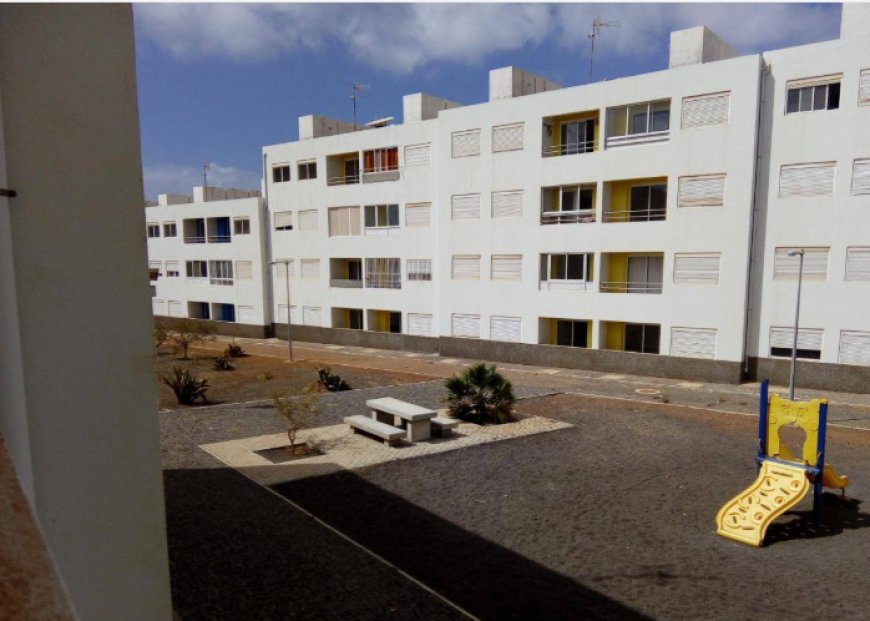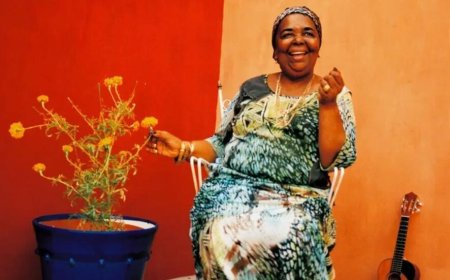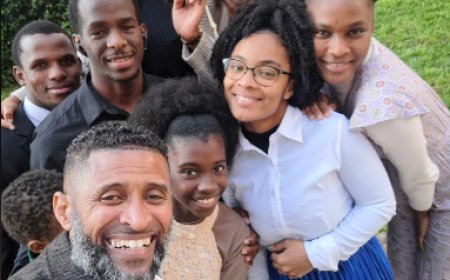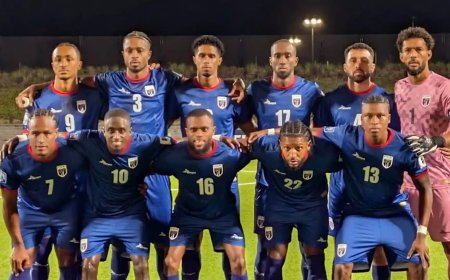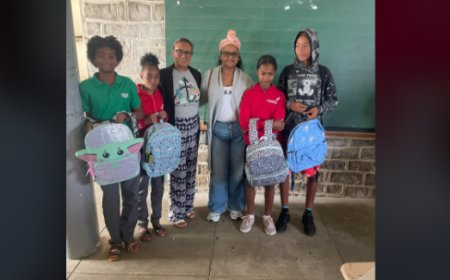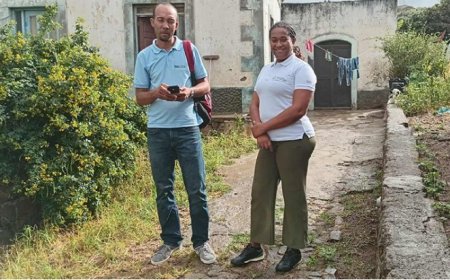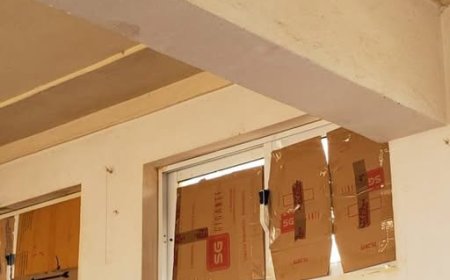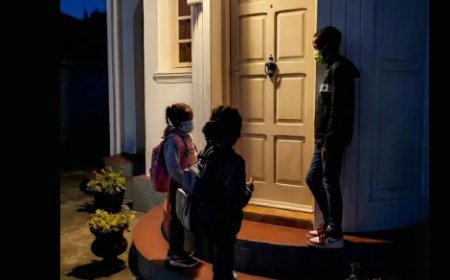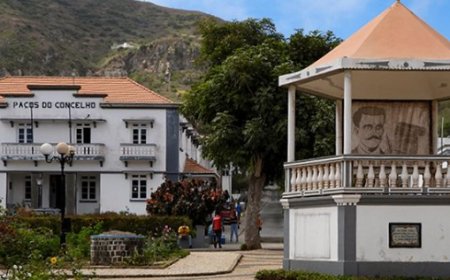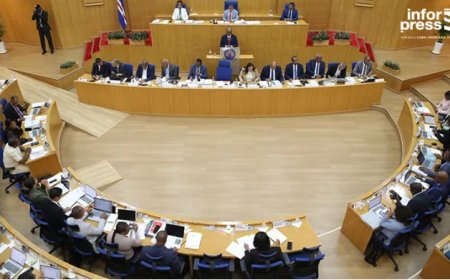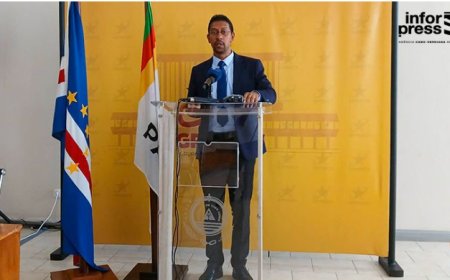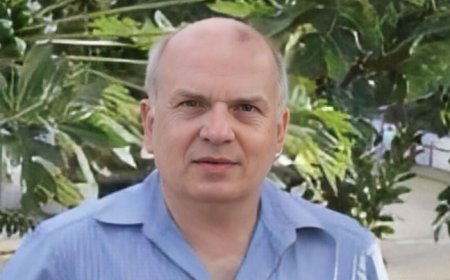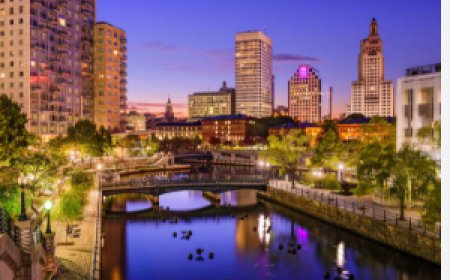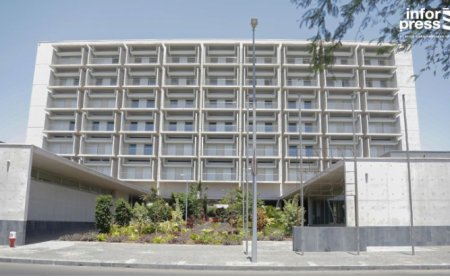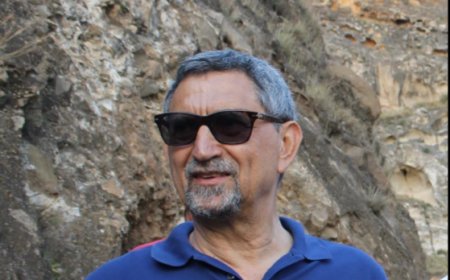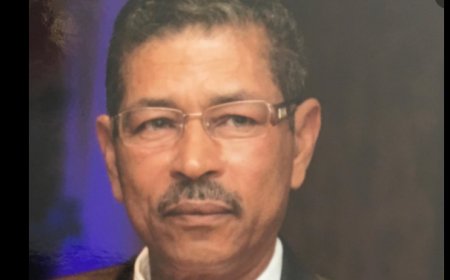While families live in undignified conditions, in makeshift "cazebres" with drums and sheets,
hundreds - if not thousands - of homes built under the "Home for All" project have remained closed for almost a decade. These houses, designed to reduce the island's housing deficit, were left abandoned by a political decision that is now proving fatal.
According to official figures, the "Casa para Todos" program planned to build 8,500 social housing units throughout the archipelago, a figure that was later reduced to around 6,000. By 2022, almost 80% of the 5,800 homes built had been delivered, but around 1,200 still remain closed or unallocated. In São Vicente, where there are estimated to be more than 16,000 households, hundreds of houses remain closed, while thousands of citizens survive in precarious housing conditions.
The government, São Vicente City Council and IFH are at the center of this controversy. Instead of fulfilling their social function of guaranteeing access to housing, these entities have chosen to keep properties closed or put them on the market for sale, to the detriment of thousands of families who continue to be exposed to precarious housing.
Housing experts and community leaders classify this stance as "criminal complicity". The contradiction is glaring: on the one hand, the state and the IFH own closed houses; on the other, Sanvicense citizens remain homeless, living in tents vulnerable to the weather.
The mayor of São Vicente, AUGUSTO NEVES, maintained a complicit silence all this time, knowing that a large part of the population was living on the edge of poverty, in cazebres made of drums, while the "Casa para Todos" houses stood with their doors closed, waiting for those who could pay for them.
However, critics point out that his responsibility goes beyond omission: he authorized the construction of housing in risky areas, such as on water lines, which aggravated the vulnerability of the population and contributed to deaths that could have been avoided.
For the bereaved families, it doesn't matter whether the government, the city council or the IFH is to blame. What remains is the pain of losing loved ones in circumstances that could have been avoided if public housing policies had fulfilled their original purpose.
The tragedy in São Vicente is not just a natural disaster. It is also a political and social disaster, marked by the indifference of the authorities and their failure to fulfill their duty to protect human lives.
